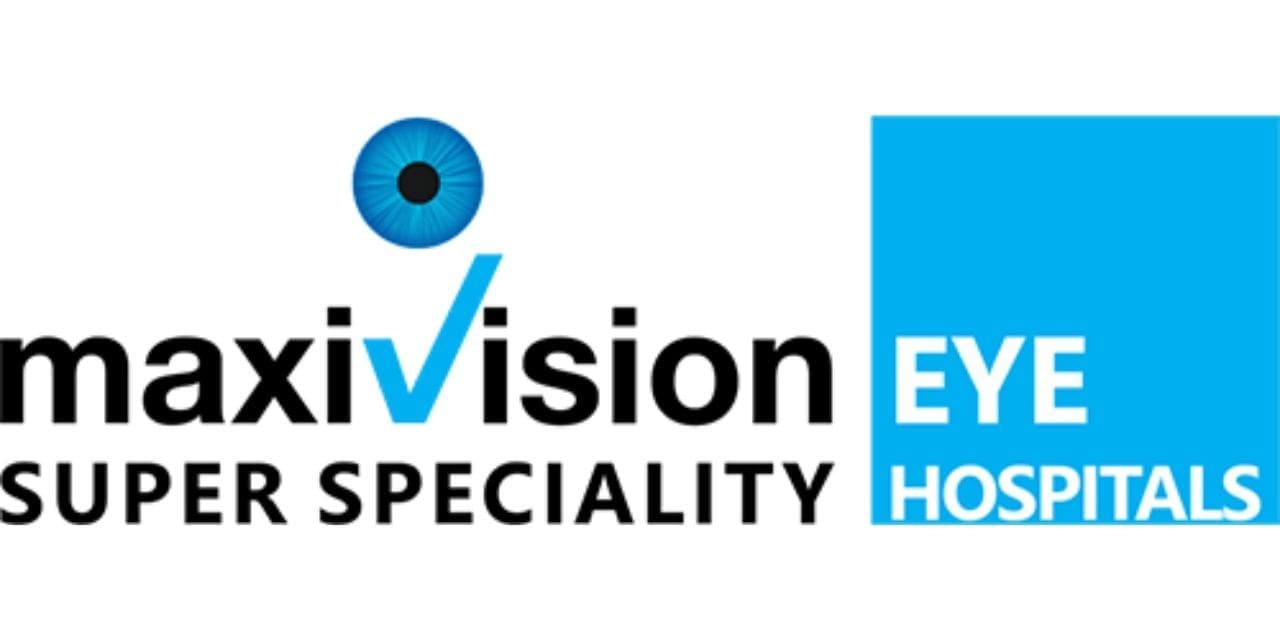Authored By: Dr. Shibu Varkey MS, DO, DNB, FRCS(UK)
Regional Medical Director, Maxivision Superspeciality Eye Hospital, Tiruchirapalli
20 lakh candidates appeared in the entrance examination for around 1 lakh MBBS seats in 2023, in India. Most of them were making their second, third or fourth attempts.
What makes being a doctor so coveted? What inspires children to struggle for years to get into medical College and then struggle for 5 years to get out of it and again struggle for 5 to 10 years to establish oneself as a doctor?
To Heal is Divine
From prehistoric ages down to modern times, the art of healing is considered divine and the healer seen with a halo of divinity. From the ancient shaman to the modern day doctor, they have been considered no less than gods.
Through the centuries, medical practice has undergone a sea of change and evolved from being a pseudoscience shrouded in superstition to a pure science with the spirit of constant learning, enquiry and discovery. But the art of healing has remained largely, a matter of trust between the healer and the healed with emotions and faith playing significant role in the process of healing. Whether it be preventive, curative, creative therapy or procedure, modern medicine is the avatar of the hand of God on earth.
Status of Healthcare in India
Who recommends a ratio of 1 doctor for 1000 persons, but India has a ratio of 1:1511. In addition, there is a huge skew in the distribution of doctors working in the urban and rural areas with the urban to rural doctor density ratio being 3.8:1. Consequently, most of our rural and poor population is denied good quality care leaving then to fraudulent or ignorant providers (quacks).
Although rural India constitutes approximately 66% of the total population, only 33% of all health workers are in rural areas. Doctors face challenges to work in rural areas like lack of housing, healthcare, education for children, drinking water, electricity, roads and transportation. Shortage of healthcare infrastructure for rural areas is also a major problem.
In 2007, Vilas Kovai et al., In the Indian Journal of Opthamology, analyzed barriers that prevent people from seeking eye care in rural Andhra Pradesh. The results displayed that in cases where people had awareness of eyesight issues over the past five years but did not seek treatment, 52% of the respondents had personal reasons, 37% economic hardship, and 21% social factors. Thus, rural India, especially the tribal belts remain the most underserved areas in India as far as healthcare is concerned.

